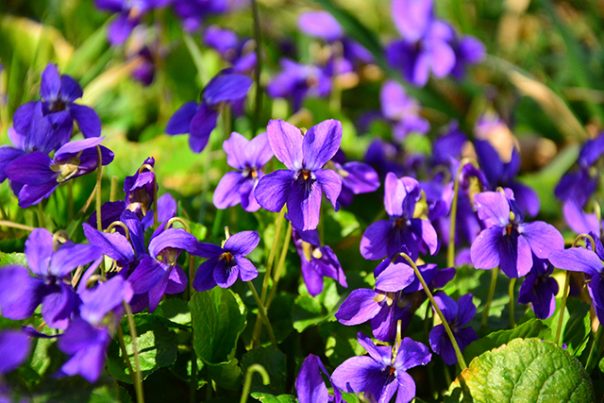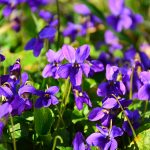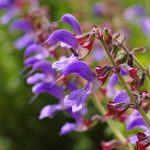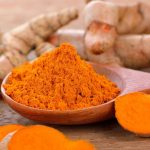
Extracts from the common violet found to reduce body fat
Wednesday, August 29, 2018 by Edsel Cook
http://www.naturalnewsherbs.com/2018-08-29-extracts-from-the-common-violet-seen-to-reduce-body-fat.html

The northeastern violet (Viola mandshurica) is a common East Asian herb that has been used for many medicinal purposes over the centuries. Korean researchers reported that extracts from this species of violet could reduce body fat and prevent obesity.
Obesity is one of the modern plagues. Bad enough on its own, it makes patients more vulnerable to coronary heart disease, Type 2 diabetes, and other chronic metabolic diseases.
There are existing treatments for obese adults that can help them manage chronic weight problems. However, these drugs often have serious drawbacks.
Many patients have turned to herbal alternatives like Garcinia cambogia (Malabar tamarind), which is rich in hydroxycitric acid. These natural treatments do not have the negative side effects of pharmaceutical drugs, which makes them popular.
The researchers from the Korea Institute of Oriental Medicine (KIOM) have already conducted a study on the northeastern violet. The previous mouse model showed that a dose of 400 milligrams per kilogram (mg/kg) of the violet’s ethanolic extract could prevent increases in body weight and stop lipids from collecting in adipose tissue.
The results of that experiment led the researchers to determine the chemical composition, dose-dependency, and toxicity of the ethanol and aqueous extracts from the violet. In addition, they tested lower doses of the two extracts to see their effect on lipid accumulation in the liver and adipose tissue of mice.
Violet extracts administered to obese mice for toxicity and anti-obesity effect
Dried northeastern violet was obtained and processed to obtain the ethanol extract and its aqueous equivalent. Both extracts underwent reverse phase-HPLC analysis to determine the chemicals that comprised them.
The researchers constructed a mouse model with a control group of normal animals to contrast with the high-fatty diet (HFD) mice. Malabar tamarind extract and orlistat served as comparisons.
Once each day, HFD mice were given either one of the positive controls, ethanol extract, or aqueous extract. The violet extracts were administered in 50, 100, and 200 mg/kg doses, while orlistat and Malabar tamarind extract were given at 50 mg/kg. The treatment lasted seven weeks with body weight and food intake measured every week.
At the end of the trial, the mice were fasted and sacrificed. Samples of blood, subcutaneous tissue, epididymal tissue, and kidney white adipose tissue, and the liver, kidney, and spleen were collected.
The tissues and organs were weighed before undergoing analysis. Researchers measured the size of the adipocytes in the epididymal adipose tissue. The liver was evaluated for AMPK and acetyl-CoA carboxylase activity.
The serum levels of obesity-related biochemicals were recorded. Messenger RNA activity in the epididymal adipose tissue was quantified. Finally, 5,000 mg/kg doses of the extracts were given to rats as a toxicity test. (Related: Plants that many consider to be weeds are actually powerful medicinal herbs.)
Ethanol and aqueous extracts have potential as anti-obesity treatments
The KIOM researchers found out that the both extracts of the northeastern violet succeeded in reducing all parameters related to obesity. They reduced body weight gain, food efficiency ratio, fat and liver mass, serum lipid concentrations, and the size of adipose tissue cells.
The violet extracts also greatly improved the expression of genes that control lipid metabolism. The extracts likewise boosted the levels of the energy regulator AMPK, which helped burn more fatty acids as energy.
In comparison, the hydroxycitric acid extract from Malabar tamarind reduced body weight and serum triglyceride. It did not improve the food efficiency ratio, reduce the fat mass, or decrease the levels of serum total cholesterol and LDL-cholesterol.
The researchers concluded that the ethanol and aqueous extracts of the northeastern violet have considerable anti-obesity properties. They proposed further studies on the extracts’ potential as treatment agents for obesity and hyperlipidemia.
Find out more natural means to prevent obesity at NaturalCures.news.
Sources include:





